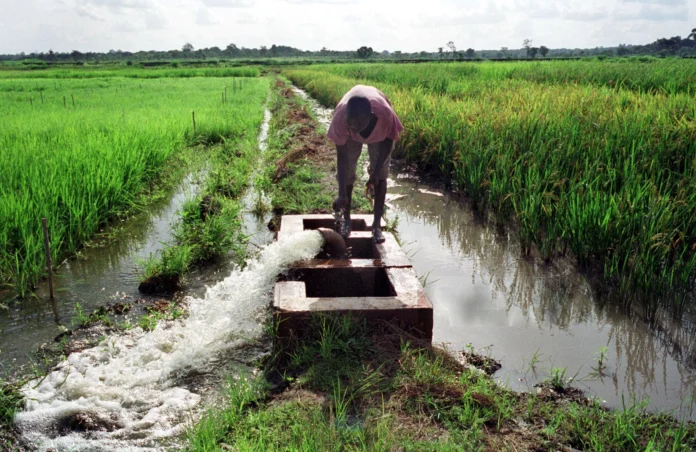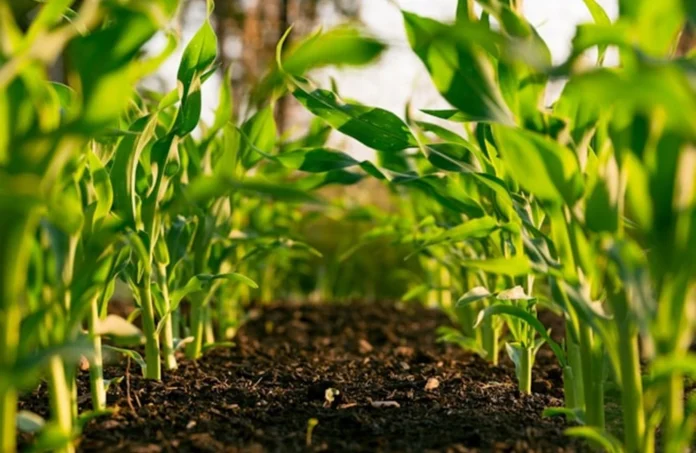Arabfields, Bangkok, Thailand —The Thai aromatic coconut industry, once a pillar of the country’s agricultural economy, is undergoing an unprecedented crisis. Farm prices have plummeted to unsustainable levels, below half the production costs, resulting in estimated losses of 500 million dollars for the sector. This downfall is largely attributed to Vietnam’s meteoric rise in the Chinese market, a former stronghold of Thai exports, where Vietnamese coconuts now dominate thanks to decisive competitive advantages.
Thai farmers, particularly in the provinces of Songkhla, Ratchaburi and Samut Sakhon, are facing a harsh reality. The farm price for aromatic coconuts fluctuates between 2 and 3 bahts (about 0.05 to 0.08 US dollars) per fruit, while production costs rise to 4,5 bahts per unit. With an annual production estimated at 500 million fruits, each drop of one baht translates into a sectoral loss of 500 million bahts (about 13,5 to 15,2 million dollars). In some regions, buyers even refuse to purchase the harvests, leaving the fruits to rot on the trees, which exacerbates the financial difficulties of small operators.
This crisis is not the result of chance, but of a major geopolitical and commercial shift. Vietnam, a Southeast Asian neighbor, signed an export protocol with China in 2024, paving the way for massive shipments of fresh coconuts. Result: Vietnamese exports to China surged by several hundred percent in 2025, capturing a significant share of a market that Thailand previously dominated. “The Chinese market, which has very high demand and was previously Thailand’s main buyer, has quickly redirected its imports toward Vietnam,” explains Tattawin Saruno, an expert in agricultural management and independent academic.
Vietnam benefits from undeniable structural assets. Its annual production amounts to about 2 million tons, concentrated in the Mekong Delta, with Ben Tre province as the “coconut capital.” One-third of Vietnamese plantations are certified organic, a valuable asset in demanding international markets. Moreover, the Vietnamese government has prioritized coconuts as one of its six key industrial crops, investing heavily in processing infrastructure: the number of factories has grown from 8 in 2015 to 45 in 2024. Geographic proximity to China reduces freight costs and delivery times, conferring a decisive competitive advantage over Thailand.
The figures speak for themselves. Vietnamese export revenues from coconuts have climbed from 180 million dollars in 2010 to over 900 million in 2023, with projections exceeding one billion in 2024 and reaching 1.15 billion in 2025. In the first half of 2025, the four main groups of coconut-based products generated more than 520 million dollars, up more than 20% year-over-year. This boom contrasts with Thai stagnation, where inconsistent quality issues, lack of systematic planning, and the absence of organic certifications for much of the production hinder competitiveness.
Thai farmers feel “abandoned” by their government, which has not implemented concrete measures to counter this Vietnamese offensive. No specific initiatives have been announced to stabilize prices or strengthen exports, despite calls from local producers. In contrast, the global coconut market is experiencing explosive growth, rising from 3.5 billion dollars in 2023 to a projection of 8.2 billion by 2032, driven by the perception of coconuts as a “superfood” and the popularity of derived products like coconut coffee in China.
For Thailand, the path to recovery involves urgent reforms: improving quality consistency, investing in processing plants, and obtaining large-scale organic certifications. Without rapid government intervention, the sector risks a lasting contraction, while Vietnam consolidates its position among the top five global exporters. This regional rivalry illustrates the challenges of agricultural trade in Southeast Asia, where bilateral agreements and strategic investments are reshaping global supply chains.












